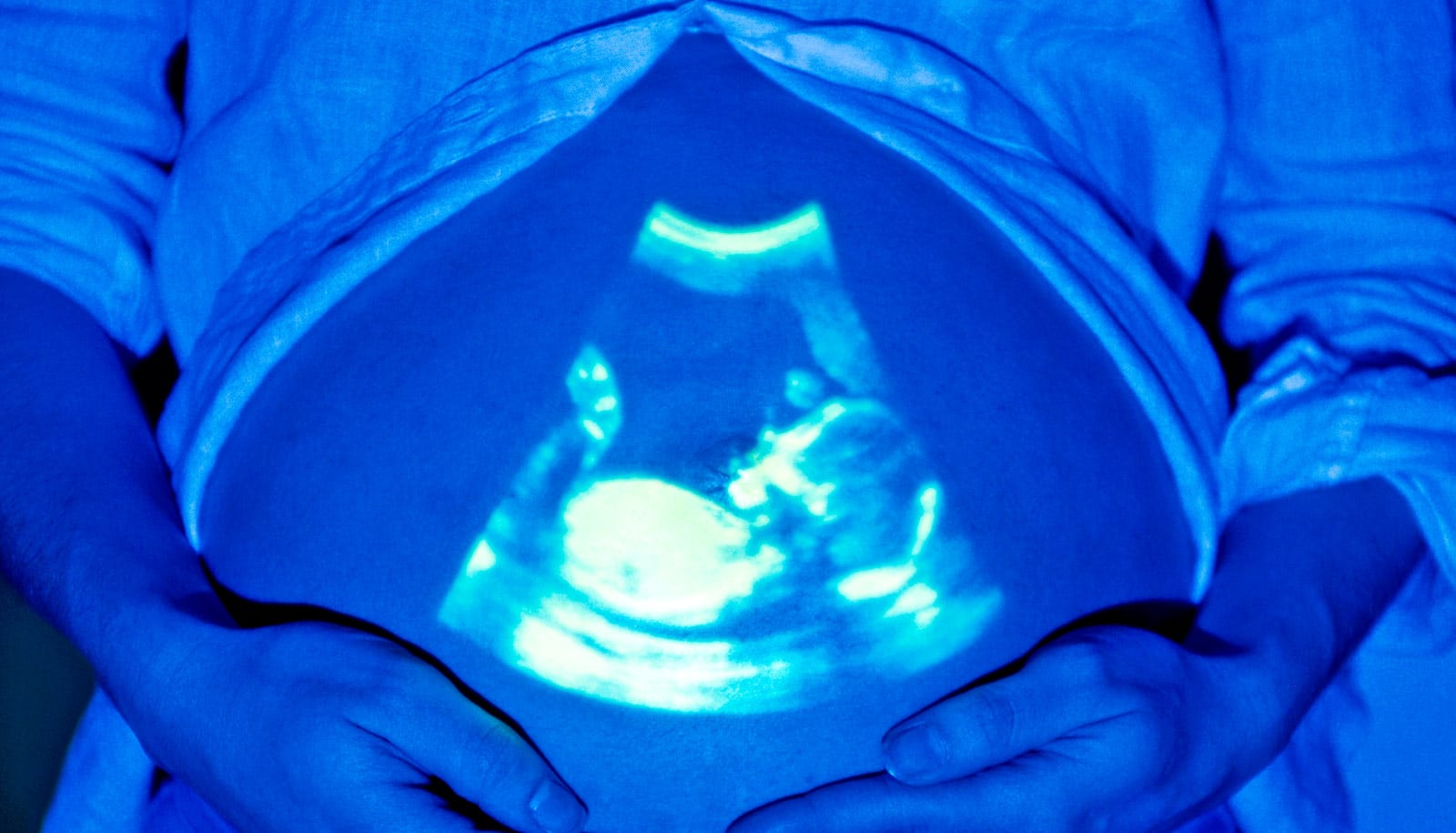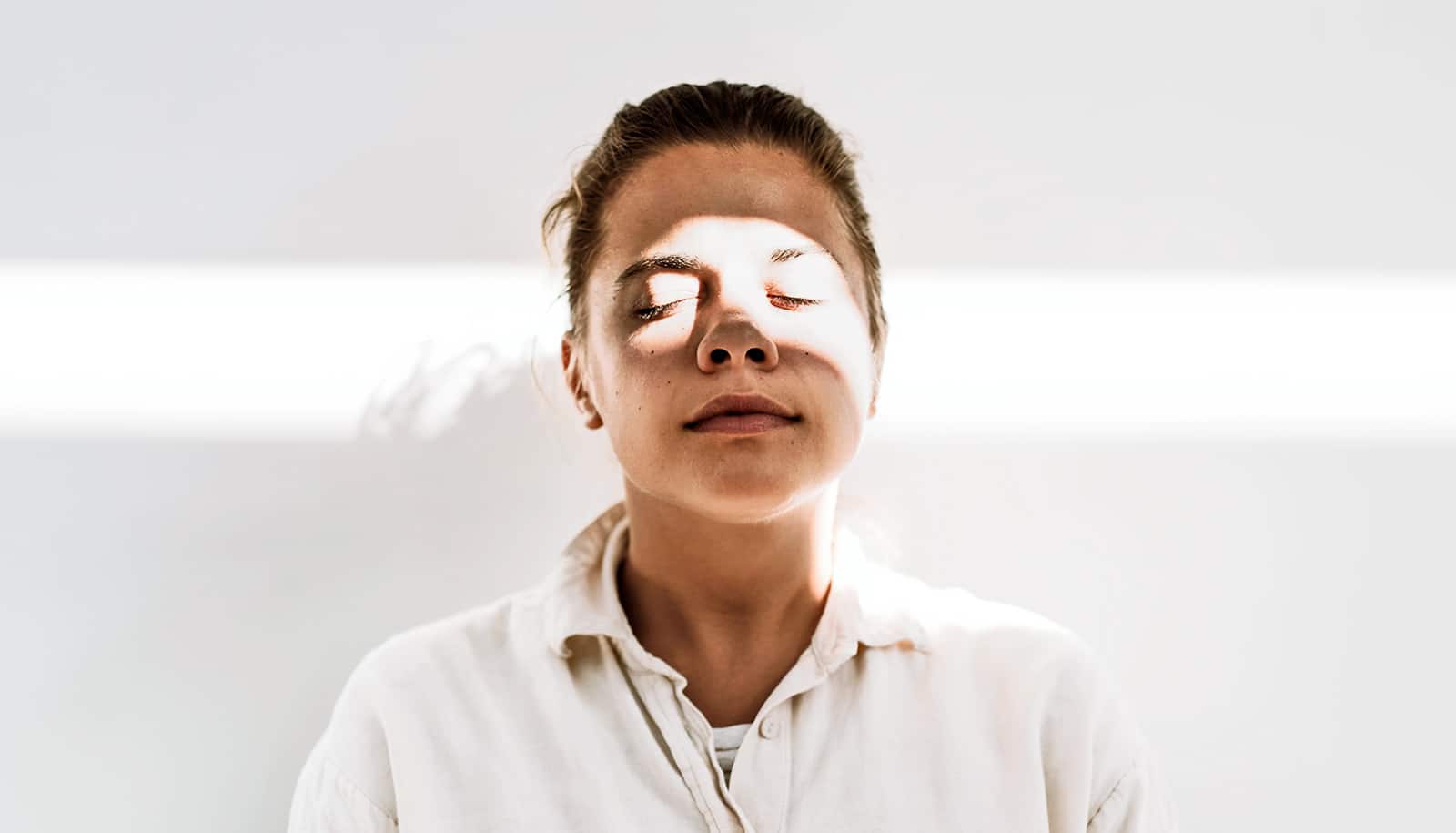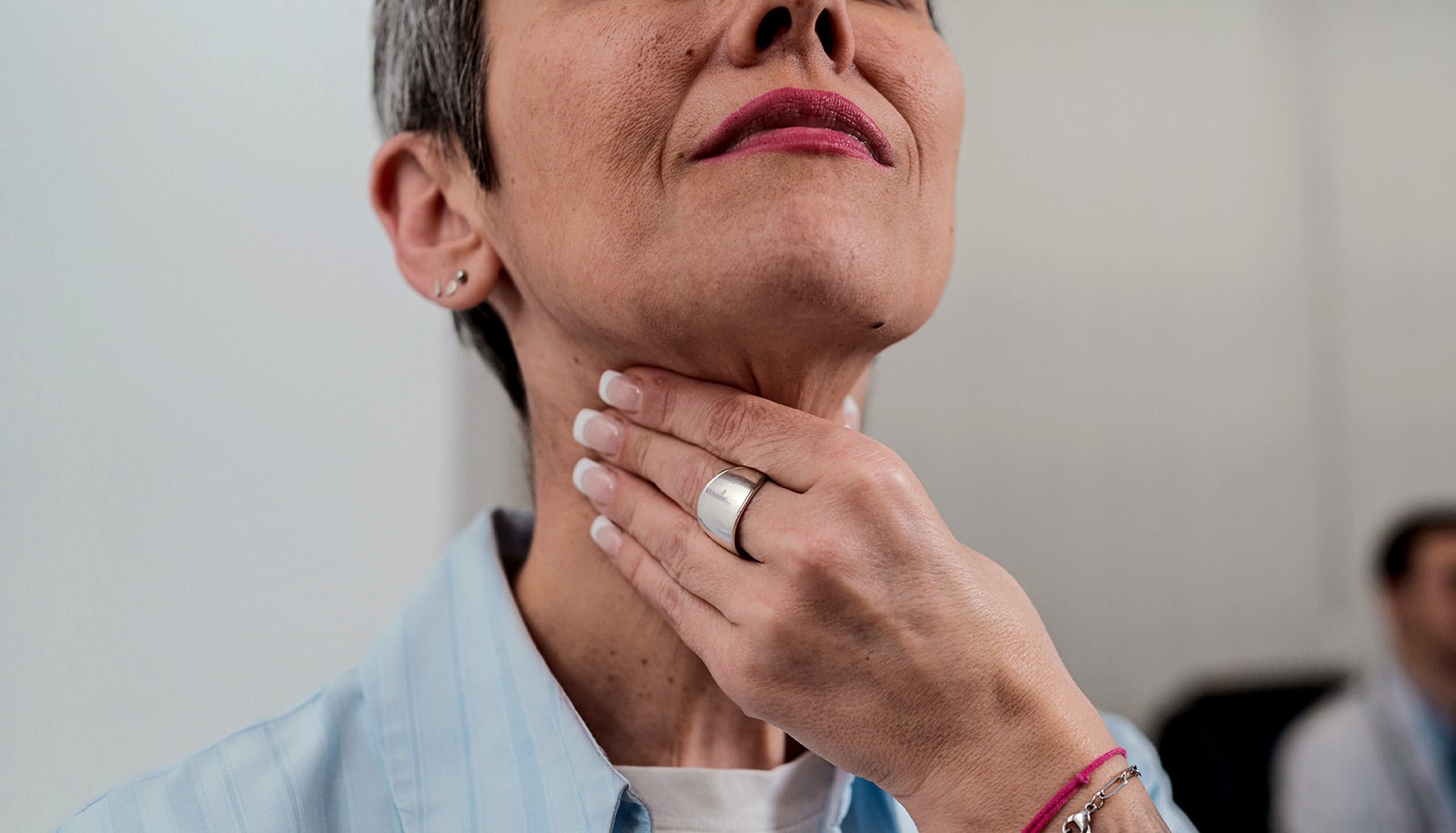With a $10 microchip, it’s possible to turn a $50,000 ultrasound machine into something closer to a 3D imaging device that normally costs around $250,000, researchers report.
“Instead of looking through a keyhole to understand what’s in the room, we can open a door and see everything in front of us.”
The key to the technology is a fingernail-sized microchip that mounts onto a traditional ultrasound probe—the plastic scanner that slides over gel-slathered skin to relay two-dimensional images of what lies beneath.
Just like a Nintendo Wii video game controller, the chip registers the probe’s orientation, then uses software to seamlessly stitch hundreds of individual slices of the anatomy together in three dimensions.
The result is an instant 3D model similar in quality to a CT scan or MRI, says Joshua Broder, an emergency physician and associate professor of surgery at Duke University Health and one of the creators of the technology.
Low cost, big pay-off
“With 2D technology you see a visual slice of an organ, but without any context, you can make mistakes,” Broder says. “These are problems that can be solved with the added orientation and holistic context of 3D technology. Gaining that ability at an incredibly low cost by taking existing machines and upgrading them seemed like the best solution to us.”
Broder pondered the possibilities of 3D ultrasound in 2014 while playing with a Nintendo Wii gaming system with his son, he says. With the game console’s ability to accurately track the exact position of the controller, he wondered, why not just duct-tape the controller to an ultrasound probe?
After tinkering on his own for a year, he took sketches to Duke’s Pratt School of Engineering, connecting with then-undergraduate Matt Morgan, and biomedical engineering instructors and professors Carl Herickhoff and Jeremy Dahl, who have since taken positions at Stanford University where they continue to develop the device.
The team used 3D printing to create their prototypes, which start with a streamlined plastic holster that slips onto the ultrasound probe. A technician can use the probe as usual, or add 3D images by simply snapping on a plastic attachment containing the location-sensing microchip. To get the best 3D images, the team also devised a plastic stand to help steady the probe as the user hones in on one part of the anatomy.
The microchip and the ultrasound probe connect via computer cables to a laptop researchers programmed for the device. As the user scans, the computer program whips up a 3D model in seconds. 2D ultrasound machines with higher resolution have clearer 3D pictures.
Researchers are testing the technology in clinical trials to determine how it fits in the flow of patient care. The creators believe some of the most promising uses could be when CT scans or MRIs are not available, in rural or developing areas, or when they are too risky.
“With trauma patients in the emergency department, we face a dilemma,” Broder says. “Do we take them to the operating room not knowing the extent of their internal injuries or bleeding, or do we risk transporting them to a CT scanner, where their condition could worsen due to a delay in care? With our new 3D technique, we hope to demonstrate that we can determine the source of bleeding, measure the rate of bleeding right at the bedside, and determine whether an operation is really needed.”
This ‘needle’ beam could mean super-sharp ultrasound
Newborn babies are also notoriously difficult to get images of, but doctors may need numerous scans when babies are born with fluid on the brain or a congenital condition. MRI machines require patients to be still for minutes at a time, which often means sedating an infant. CT scans provide excellent 3D images, but expose the infant to radiation.
Using the new device, Broder and colleagues were able to collect 3D images of the brain of a 7-month-old with hydrocephalus, or fluid on the brain, while the baby napped.
‘A beautiful technology’
“Ultrasound is such a beautiful technology because it’s inexpensive, it’s portable, and it’s completely safe in every patient,” says Broder. “And it’s brought to the bedside and it doesn’t interfere with patient care.”
An international patent for the device lists Broder, Herickhoff, Dahl, and Morgan as the inventors. They believe their current clinical trials and support could allow them to bring the technology to market in a couple of years.
The team is also working to bridge some of gaps between their adapted 3D ultrasound and 3D machines already on the market, such as the ability to capture a beating heart in motion.
“In emergency medicine, we use ultrasound to look at every part of the body—to look at blood vessels that we put catheters into, to checking on a trauma patient to see where they’re bleeding,” Broder says. “In this case we can augment 2D machines and improve every one of those applications. Instead of looking through a keyhole to understand what’s in the room, we can open a door and see everything in front of us.”
Ultrasound and ‘cages’ get drugs to targets in brain
Stanford University’s branch of the Wallace H. Coulter Foundation, which funds collaborative translational research projects at several universities, including Duke supported the research. A recent grant from the Emergency Medicine Foundation and General Electric will fund clinical trials for the device’s use to locate and identify bleeding and hemorrhages in patients with traumatic shock.
The researchers demonstrated their device October 31 at the American College of Emergency Physicians (ACEP) Research Forum in Washington, DC.
Source: Duke University



